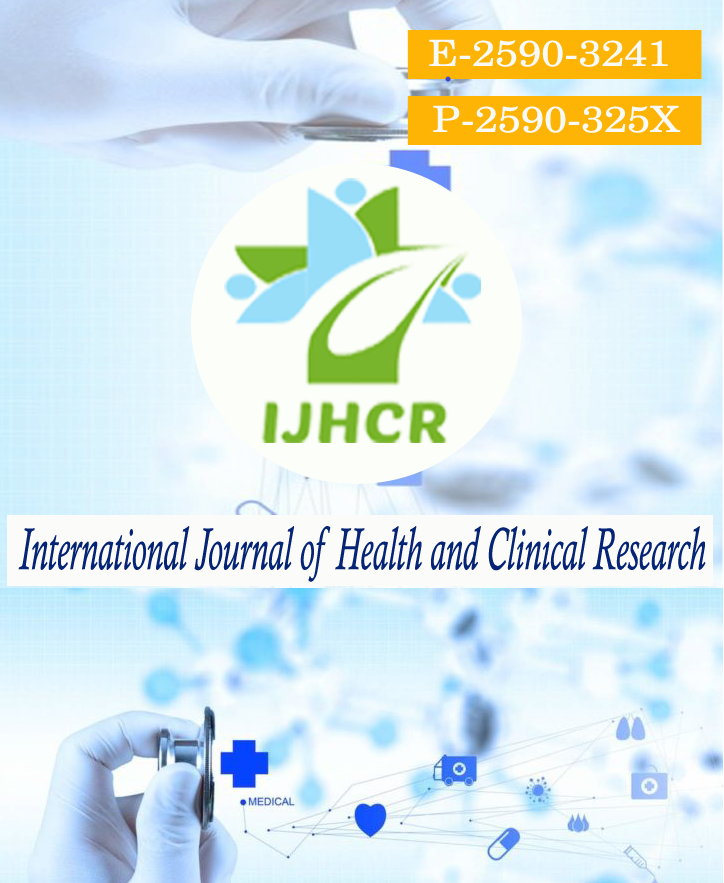An observational study to evaluate dexmedetomidine and preservative free ketamine for epidural analgesia for lower limb orthopaedics surgery
Keywords:
epidural, analgesia, dexmedetomidine, preservative free ketamineAbstract
Background: The technique of epidural anesthesia and analgesia have become widespread following their introduction and acceptance by the patients in surgical and obstetric practice. Adjuvants to bupivacaine have been used to enhance good quality perioperative and postoperative anesthesia and analgesia. Aim: The aim of the study is to evaluate the effect of post operative analgesia after epidural dexemedetomidine and preservative free ketamine for lower limb orthopaedics surgery. Method: This prospective, single centre, observational study includes 60 patients of ASA grade 1 and 2 for lower limb orthopaedics surgeries. Each group was given 14 mg 0.5% hyperbaric bupivacaine via spinal anaesthesia. Group A received bolus dose 1 μg/kg dexmedetomidine diluted to 5 mL in normal saline (NS) and Group B received bolus dose 0.5 mg/kg ketamine diluted to 5 mL in NS through epidural catheter. The epidural infusion was started 1 h after starting surgery. Group A received bupivacaine 0.125% with dexmedetomidine (1 μg/mL) and Group B received bupivacaine 0.125% with PF ketamine (0.5 mg/mL). Result: Time of receding of sensory and motor blockade was more with dexmedetomidine than with preservative free ketamine (p<0.05). Also the requirement of rescue analgesia needed is less with dexmedetomidine (2.2±0.52) than with ketamine (3.4 ±0.47) and the difference was statistically significant (P = 0.0001). Conclusion: Dexmeditomedine was to be more effective and superior as compared to preservative free ketamine as an adjuvant to enhance effect of bupivacaine for epidurals.
Downloads
Published
How to Cite
Issue
Section
License
Copyright (c) 2022 Surendra Raikwar, Rajni Thakur, Shaifali Khandelwal, Shikha Mehrotra

This work is licensed under a Creative Commons Attribution 4.0 International License.






 All articles published in International Journal of Health and Clinical Research are licensed under a
All articles published in International Journal of Health and Clinical Research are licensed under a 